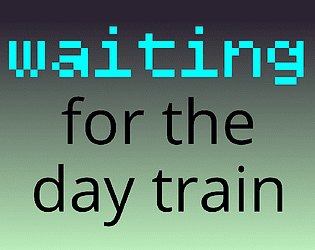Lady Thalia and the
Seraskier Sapphires is a choice-based work by E. Joyce and N.
Cormier that was entered into Spring Thing 2021.
(Joyce has a previous creation, What the Bus?, that was
in IFComp
2020.)
This is an intricate heist story where the player navigates branch-and-bottleneck
structures to conduct a series of thefts. Strong
writing supports the narrative while disguising the code running behind the
scenes, and it feels like there are multiple ways to achieve your objectives.
Most of the player’s time is spent Getting People to Do What
You Want — the main character flinches at describing it with a crass term like “manipulation.”
It feels like a combat system for conversation (Convat? Combersation?), and
success reveals useful information. In the evenings, that information helps
the next heist run smoothly.
Lady Thalia is confronted with a few puzzles during her
adventures, but players who find them too difficult can use alternate solutions.
I especially liked the scoring mechanism, which is embedded in playful banter
between friends.
Additional excitement comes from the interactions with Thalia’s
nemesis, a consultant with Scotland Yard. (Thalia’s pseudonym comes from muse
of comedy, and her pursuer is regularly referred to as Melpomene.)
The overall enjoyment of this work is going to depend on personal preference; I may not be the world’s biggest fan of cucumber sandwiches, high tea, or drawing room repartee. However, those sequences were nicely offset by nighttime skullduggery and daring escapes from the law.



